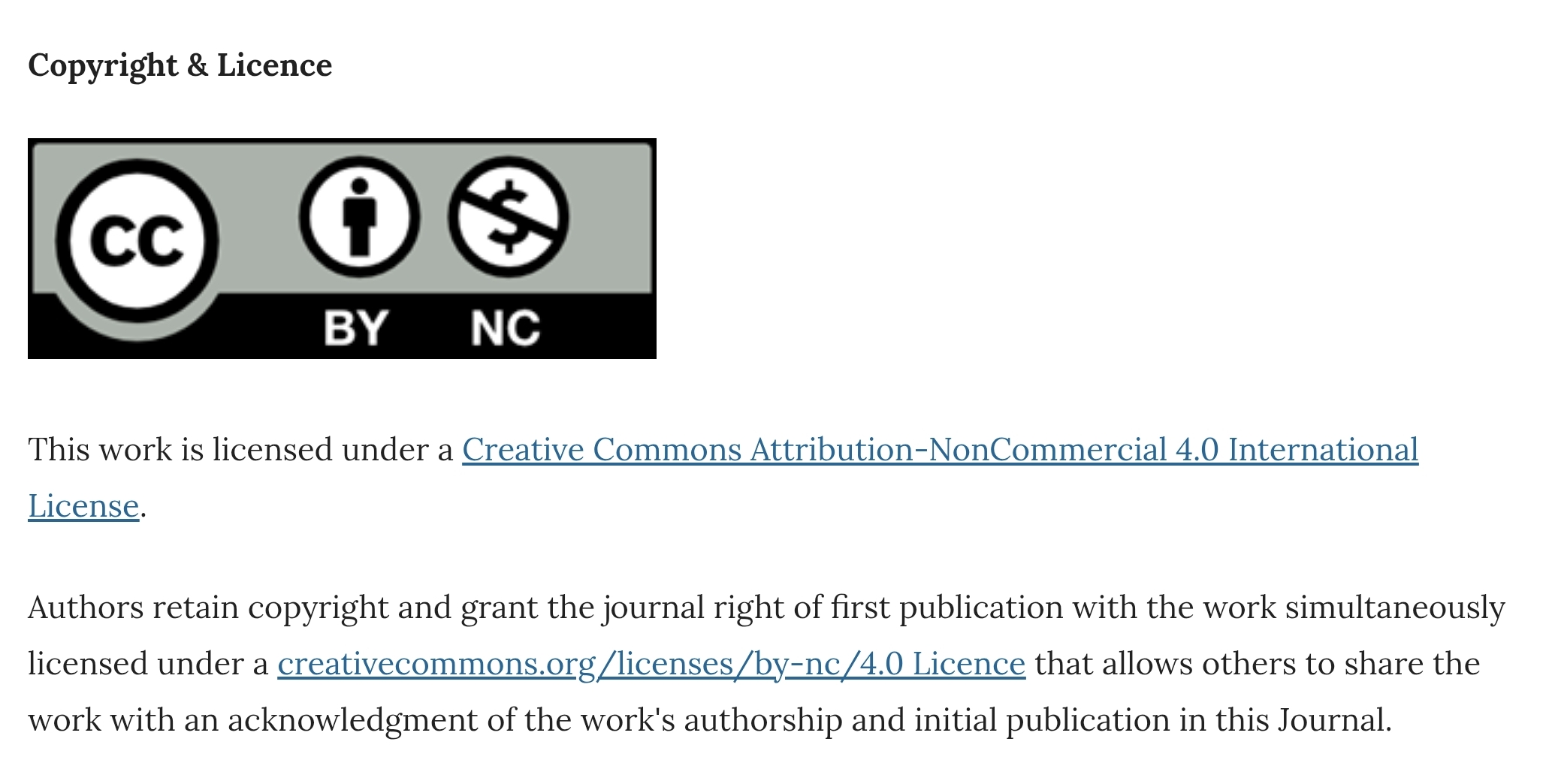The profile of subclinical hypothyroidism in subjects with premenstrual dysphoric disorder – A pilot study
DOI:
https://doi.org/10.30834/KJP.34.1.2021.224Keywords:
thyroid dysfunction, premenstrual dysphoric disorderAbstract
Background: Psychiatric disorders are usually found to be associated with thyroid dysfunction. Although thyroid dysfunction's relevance to psychiatric disorders is recognized, few studies have estimated the prevalence of subclinical hypothyroidism in subjects with the premenstrual dysphoric disorder in the Indian population. Method: A hospital-based cross-sectional study conducted in a tertiary care centre in central Kerala, enrolled 70 subjects diagnosed with Premenstrual Dysphoric Disorder (PMDD) who presented to the psychiatry and gynaecology Out Patient Departments (OPD). Sociodemographic and clinical data were collected followed by administration of PMDD rating scale. Mini International Psychiatric Interview was done to rule out other psychiatric disorders. TSH was done for all subjects after two months during follow up. Results: 63.33 % of subjects with PMDD were found to have thyroid dysfunction. A significant association was established between PMDD score and subclinical hypothyroidism. Conclusion: Subclinical hypothyroidism is common in premenstrual disorder and is closely associated with the same.
Downloads
References
Heinemann LA, Minh TD, Filonenko A, Uhl-Hochgräber K. Explorative evaluation of the impact of severe premenstrual disorders on work absenteeism and productivity. Women's Health Issues 2010; 20(01):58-65
Nevatte T, O'Brien PM, Bäckström T, Brown C, Dennerstein L, Endicott J, et al.; Consensus Group of the International Society for Premenstrual Disorders. ISPMD consensus on the management of premenstrual disorders. Arch Women Ment Health 2013; 16(04):279-91
Susan S Girdler, Cort A Pederson, Kathleen C Light; Thyroid axis function during the menstrual cycle in women with PMS Psychoneuroendocrinology. 1995;20(4):395-403.
Halbreich U, Borenstein J, The prevalence, impairment, impact, and burden of premenstrual dysphoric disorder (PMS/PMDD). Psychoneuroendocrinology 2003 Aug;28 Suppl 3:1-23.
Sheehan DV, Lecrubier Y, Sheehan KH, Amorim P, Janavs J, Weiller E, et al.The Mini-International Neuropsychiatric Interview (MINI): the development and validation of a structured diagnostic psychiatric interview for DSM-IV and ICD-10 J Clin Psychiatry. 1998;59 Suppl 20:22-23
Hong JP, Park S, Wang HR, Chang SM, Sohn JH, Jeon HJ, et al. Prevalence, correlates, comorbidities and suicidal tendencies of PMDD in a nationwide sample of Korean women. Soc Psychiatry Psychiatr Epidemiol. 2012 Dec;47(12):1937-45
Thomsen AF, Kvist TK, Andersen PK, Kessing LV. Increased risk of developing affective disorder in patients with hypothyroidism: A register-based study. Thyroid. 2005; 15:700–7.
Danilo Q, Gloger S, Valdivieso S, Ivelic J, Fardella C. Trastornos del animo, psicofármacos y tiroides [Mood disorders, psychopharmacology and thyroid hormones]. Rev Med Chil. 2004 Nov;132(11):1413-24.
Downloads
Published
How to Cite
Issue
Section
License
Copyright (c) 2021 Kerala Journal of Psychiatry

This work is licensed under a Creative Commons Attribution-NonCommercial 4.0 International License.












